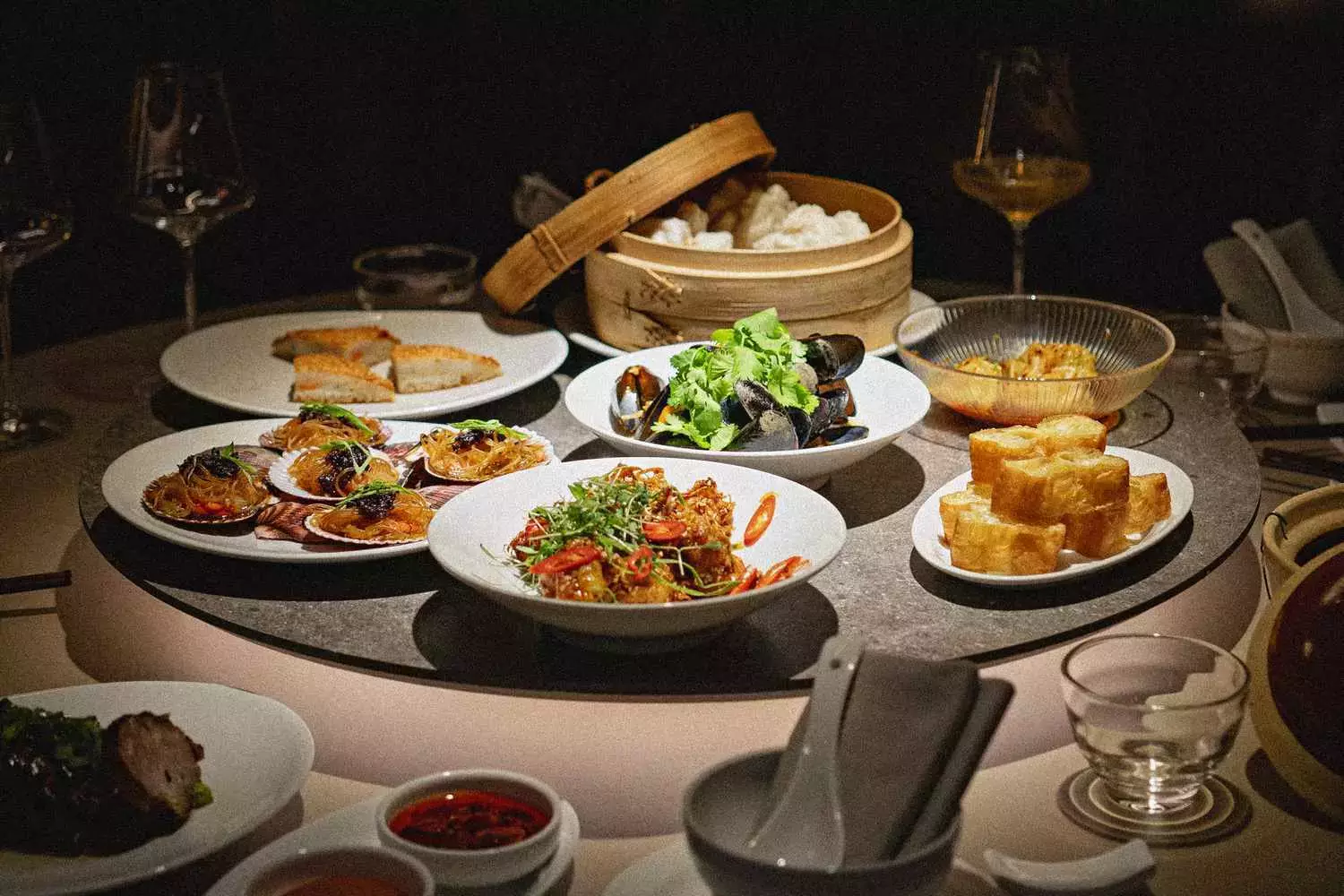Copenhagen has long been synonymous with its celebrated New Nordic cuisine, focusing on local ingredients and innovative cooking methods. However, a new wave of culinary creativity is rising, one that challenges traditional notions of what constitutes Danish dining. This movement, marked by the emergence of several restaurants that honor a variety of cultural heritages, is redefining not only Copenhagen’s food landscape but also providing a platform for chefs to explore and express their roots. This article delves into the vibrant cultural shifts within the Copenhagen dining scene, spotlighting how international influences are perfectly interspersed with local practices.
At the heart of this culinary transformation is Goldfinch, an upscale restaurant where traditional Cantonese flavors meet contemporary Danish aesthetics. Conceived by Australian chef Will King-Smith and his partner, Canadian-born Megan Leung, Goldfinch defies the norms of a city often focused on hyper-local cuisine. The restaurant’s menu showcases dishes like scallop and sesame toasts alongside crispy shrimp, which do not just offer a meal, but an experience that transports diners beyond Denmark. A stylish setting, complete with luxurious booths and a striking interior design, helps create an atmosphere that is both unique and inviting.
King-Smith aptly notes the necessity for diversity within the Copenhagen culinary scene, emphasizing that the growing popularity of international flavors is a response to a saturated local market. It’s a revelation that revitalizes the dining experience, especially in a city that has prided itself on its staunch commitment to locality. He and Leung aim to fill this void while paying homage to Leung’s familial heritage through cherished recipes. Their collaboration serves as a testament to the powerful narrative that food can weave across cultures.
This trend isn’t solely confined to Goldfinch. Many chefs in Copenhagen are similarly channeling their cultural backgrounds into their cooking. For instance, chef Youra Kim of Propaganda Kitchen and Wine reflects on her experiences during her training at Noma, where she began exploring her Korean roots through a Korean-style staff meal. Inspired, she now serves dishes that marry the robust flavors of her heritage with Nordic ingredients, creating a menu that resonates deeply with both her identity and the local landscape.
Kim’s culinary evolution mirrors a broader pattern and signals increased acceptance of diverse culinary narratives within Denmark. Her dishes like beef tartare embellished with pear and gochujang ribs have wide appeal, showcasing the versatility of flavors and techniques that stem from her Korean background juxtaposed with local ingredients. This fusion accurately represents a culinary dialogue, where global influences are welcomed rather than reserved strictly for international dining experiences.
The blossoming trend extends further with other talented chefs, each contributing unique influences to the Copenhagen food scene. At Gaijin, former Jordnær chef Edward Lee skillfully interweaves Japanese techniques with Nordic preservation methods, crafting a tasting menu that celebrates seasonal produce. Meanwhile, Jonathan Tam, who trained at Michelin-starred Relæ and Noma, introduces Cantonese and Vietnamese elements into his dishes at Jatak, aligning local produce with his vibrant culinary heritage.
Tam’s story is particularly compelling—having recognized the beauty of the flavors that shaped his childhood, he seeks to elevate those tastes in a contemporary setting while firmly rooting them in a local context. The use of Danish ingredients to enhance his creations illustrates a confidence that celebrates both origins without sacrificing authenticity.
As traditional dining paradigms wane, a new culture of creativity unfolds within Copenhagen’s kitchens. Chefs like Kristian Baumann at Koan are even melding their personal narratives with culinary innovation, integrating Korean and Danish influences in their dishes. With a focus on cross-cultural exploration, Baumann uses experiences from both countries to inspire complex flavor profiles that challenge conventional tastes.
Visitors to Copenhagen can enjoy dishes that not only speak to the city’s culinary evolution but also hint at a future where creativity knows no bounds. The show-stealing kkwabaegi served at Koan, a Korean-inspired twist on Danish bread, perfectly illustrates the union of past and present flavors that characterizes this culinary revolution.
Copenhagen is on the brink of a tantalizing culinary renaissance that embraces and showcases the diverse heritage of its chefs. As they weave global flavors into the fabric of Danish dining, they create an environment where food becomes a medium for storytelling and cultural exchange. This evolution not only enriches the local culinary landscape, but also suggests that future dining experiences in the city will continue to reflect an openness and eagerness to explore. As this trend progresses, Copenhagen might just redefine its gastronomic identity on the world stage.


Leave a Reply